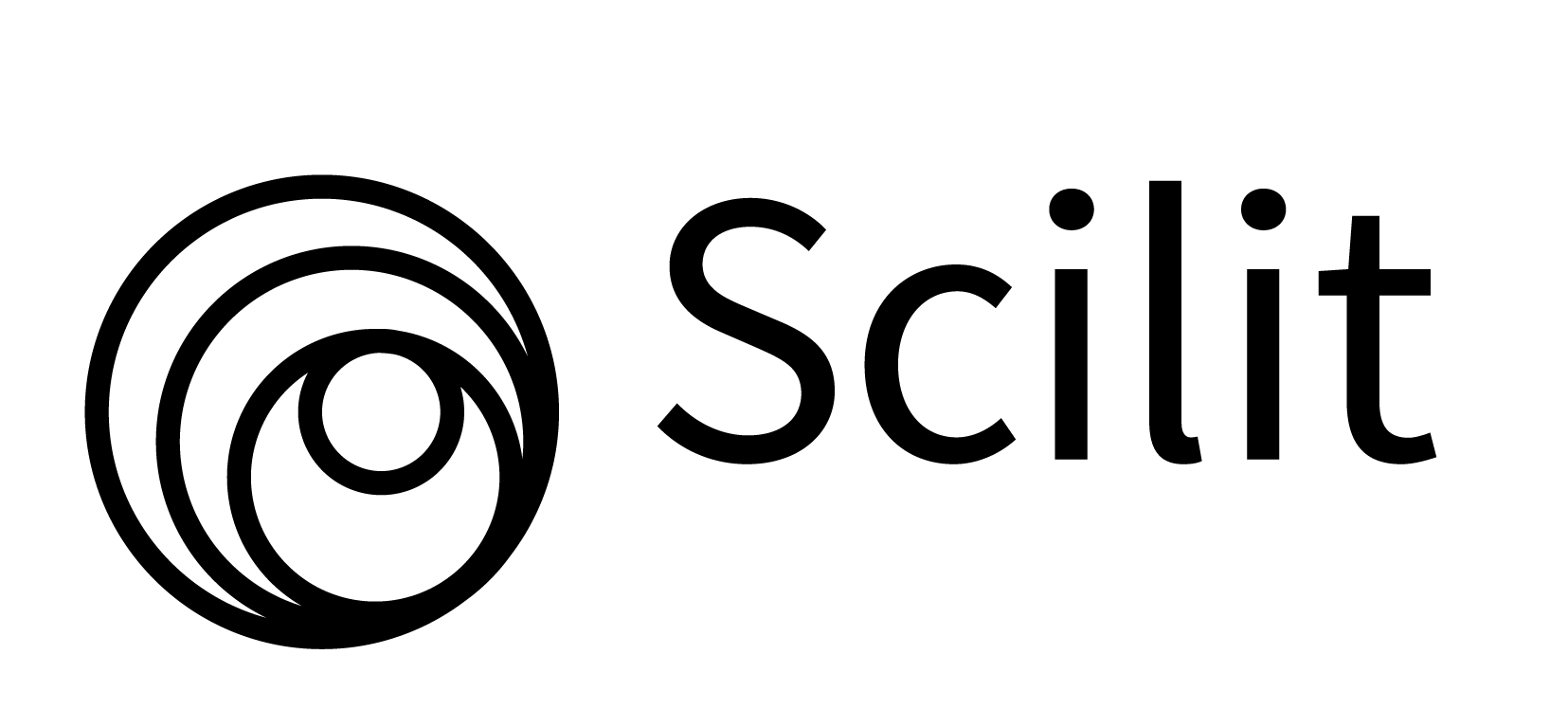Industri Film Indonesia : Membangun Keselarasan Ekonomi Media Film dan Kualitas Konten
Abstract
As an appreciation for creative works, the Indonesian Film Festival (FFI) and the Indonesian Film Appreciation (AFI) aimed at giving an award for the best work. The interesting part was the implementation of AFI 2015 emerged several award categories such as Appreciation for the Local Government and Film Criticism Appreciation. This occurred in the midst of concerns about the development of Indonesian film industries which tend to be stagnant. Film communities tried to give fresh ideas and break the film market. This new award can certainly be seen as an effort through the film festival program in spurring the film industries with creative work of educating the nation's children, especially film as a "cultural builder". Film is a cultural construction. In America, the country where the Hollywood film industry is the mecca of film generation, people still debate the cultural influence of Hollywood on social phenomena. Sociologist Norman Denzim said that drinking shows in US films have influenced the misleading romanticism of alcoholism in public consciousness (Vivian, 2008: 160). On the other hand, borrowing Adorno's term, the film has carried the culture industry powerless with market power. Discussing the media industry leads to the film media economy, as the focus of Indonesian filmmakers today. For most producers, award-winning films at international film festivals are "less meaningful" when they are not in box office positions. This paper proposed to reveal the economic attractiveness of the film media and the quality of Indonesian film content in accordance with the Republic of Indonesia Act. Number 33 of 2009 on Film. It stated that the film has a function: culture; education; entertainment; information; the driving force of creative work; and economy.
Keywords
Full Text:
PDFReferences
Adorno, Theodore W & Hokheimer, Max (1972). Dialectic of Enlightenment. New York : The Seabury Press.
Laporan Dialog Perfilman Nasional (2016). Peta Permasalahan Perfilman Nasional Dan Rekomendasi Program Dan Kebijakan Perfilman Nasional. Jakarta : Pusat Pengembangan Perfilman Indonesia.
Thompson, John B (1990). Ideology and Modern Culture – Critical Social Theory in The Era of Mass Communication. California : Stanford University Press.
------------------------ (2015). Kritik Ideologi Global – Teori Sosial Kritis tentang Relasi Ideologi dan Komunikasi Massa. Yogyakarta : IRCiSoD.
UU Nomor 33 Tahun 2009 tentang Perfilman.
Vivian, John (2008). The Media of Mass Communication 8th ed. Pearson Education.
http://afi2015.org/
http://filmindonesia.or.id/movie/viewer/2015
http://ppfindonesia.blogspot.co.id/p/tentang-kami.html
http://www.merdeka.com/artis/haykal-kamil-juga-jualan-official-merchandise-love-in-paris-2.html
http://www.muvila.com/film/artikel/product-placement-paling-wajar-dalam-film-1302043-page3.html
https://www.google.com/search?q=placement+dalam+film+indonesia&source
DOI: https://doi.org/10.31334/jl.v1i1.101
Refbacks
- There are currently no refbacks.
Copyright (c) 2017 LUGAS Jurnal Komunikasi

This work is licensed under a Creative Commons Attribution-NonCommercial-ShareAlike 4.0 International License.
Lihat Statistik Saya
TERDAFTAR & TERINDEKS :
|
|







.png)












